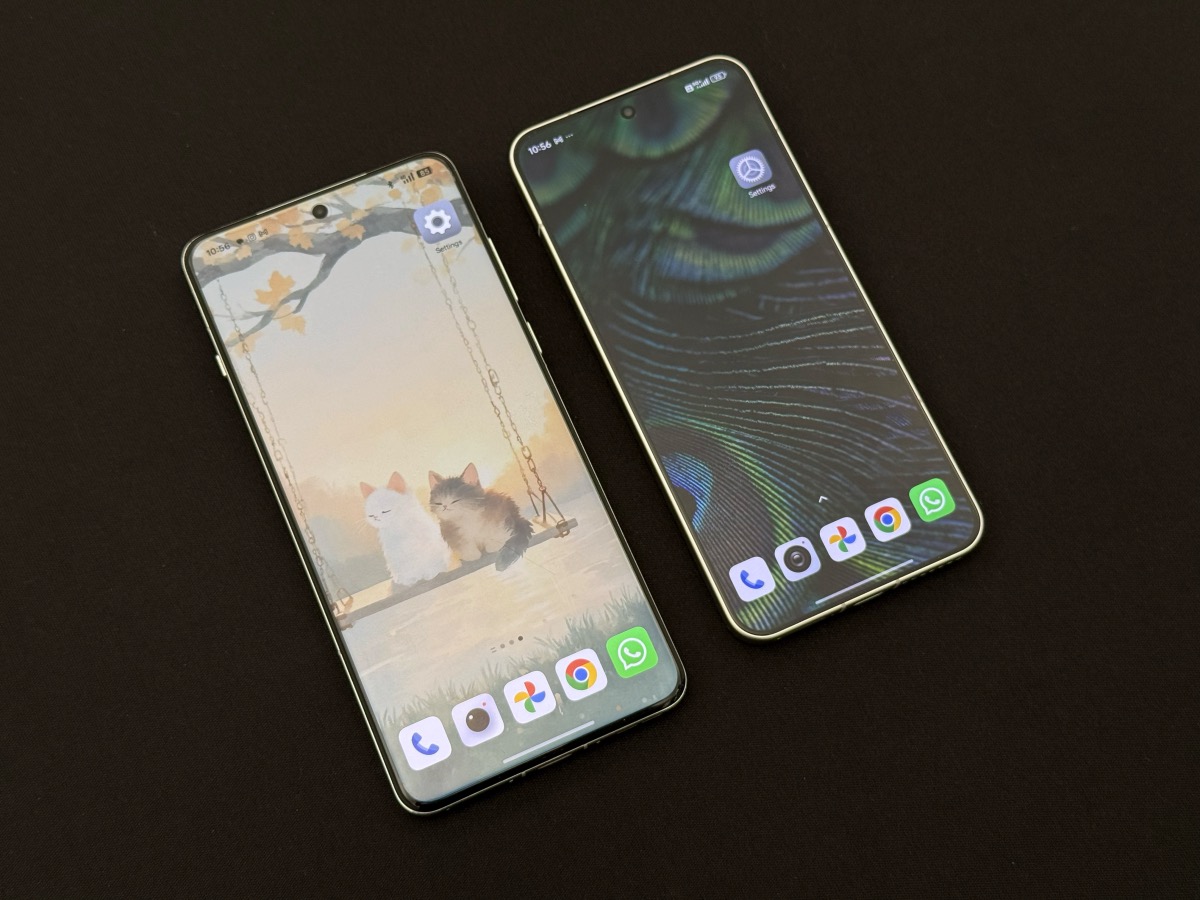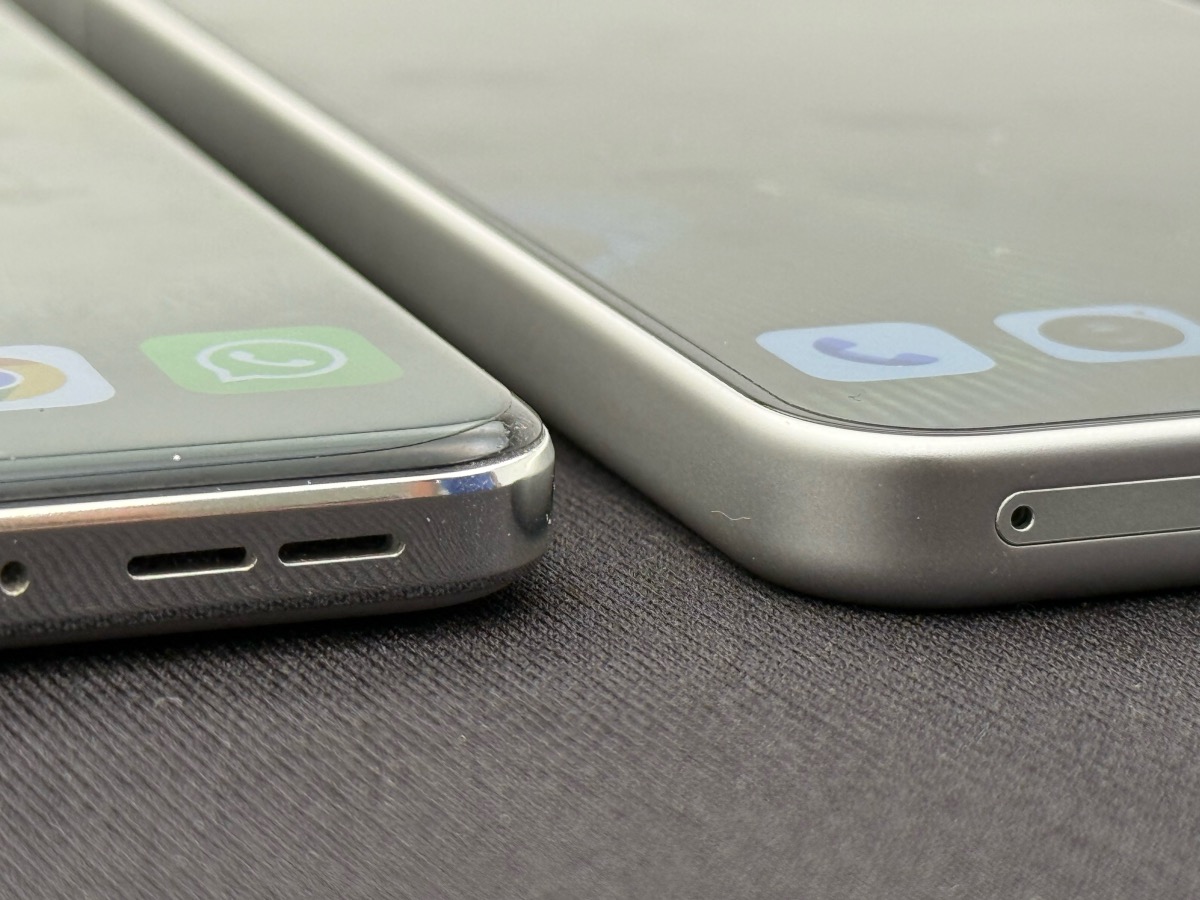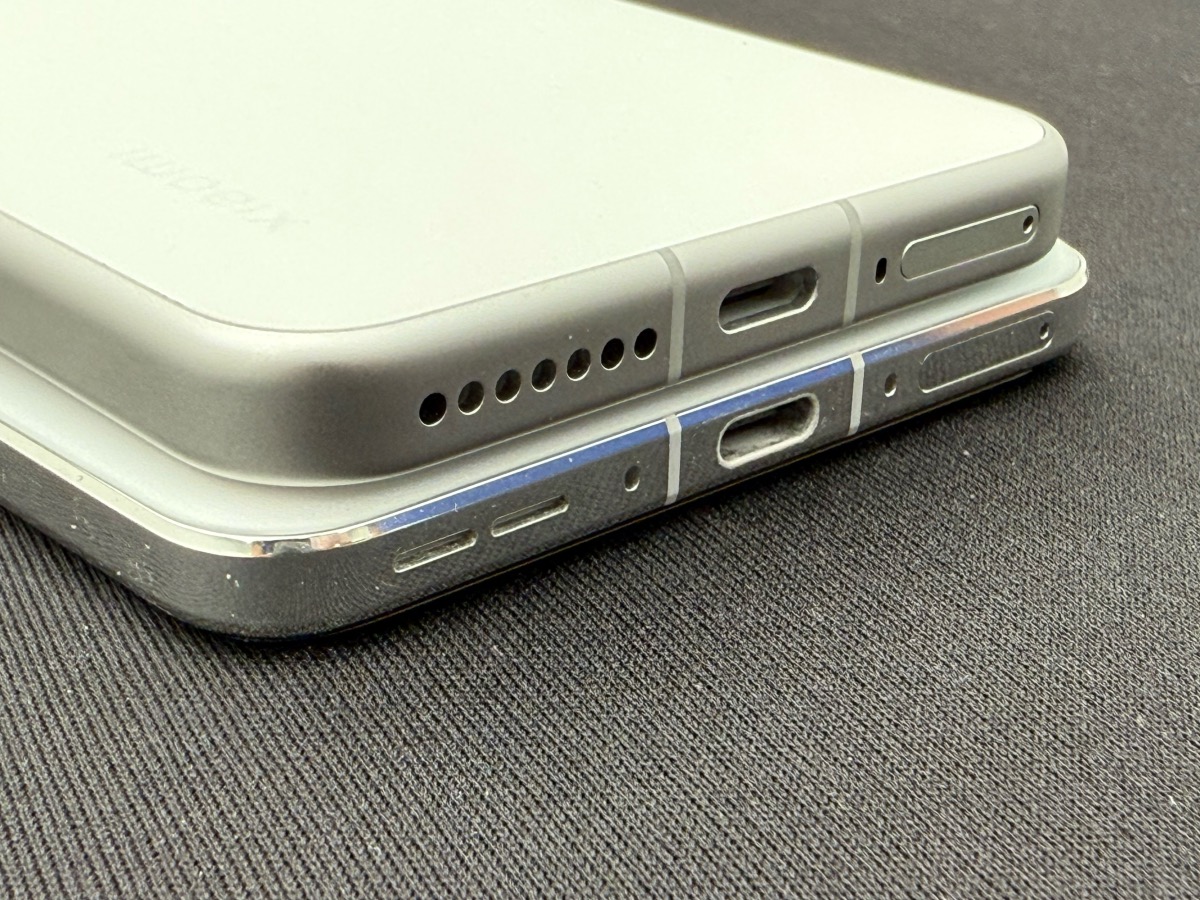Smartphones can cost a lot of money, especially if you want something high-end and with flagship grade camera capabilities and specifications. That said, it doesn’t have to be bank-breaking either, and a budget limit of Rs. 70,000 can get you a top-end flagship smartphone too. Two new-age brands with a decent presence in India - OnePlus and Xiaomi - have their 2025 flagship smartphones firmly in place, giving you powerhouse Android options with promising camera systems.
The OnePlus 13 and Xiaomi 15 are both powered by the Qualcomm Snapdragon 8 Elite chipset, and come with flagship-grade triple-camera setups developed in collaboration with major camera and photography equipment makers. With Leica chops on the Xiaomi 15 and Hasselblad tuning on the OnePlus 13, are these sub-Rs.70,000 Android flagships worth it? And which one should you buy? Find out in this comparison.




